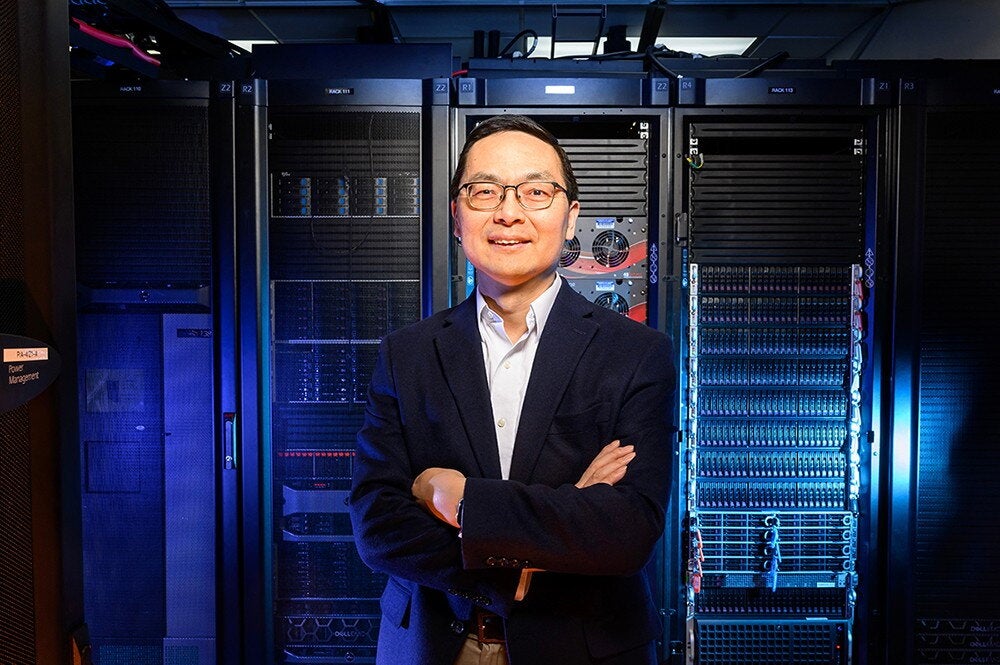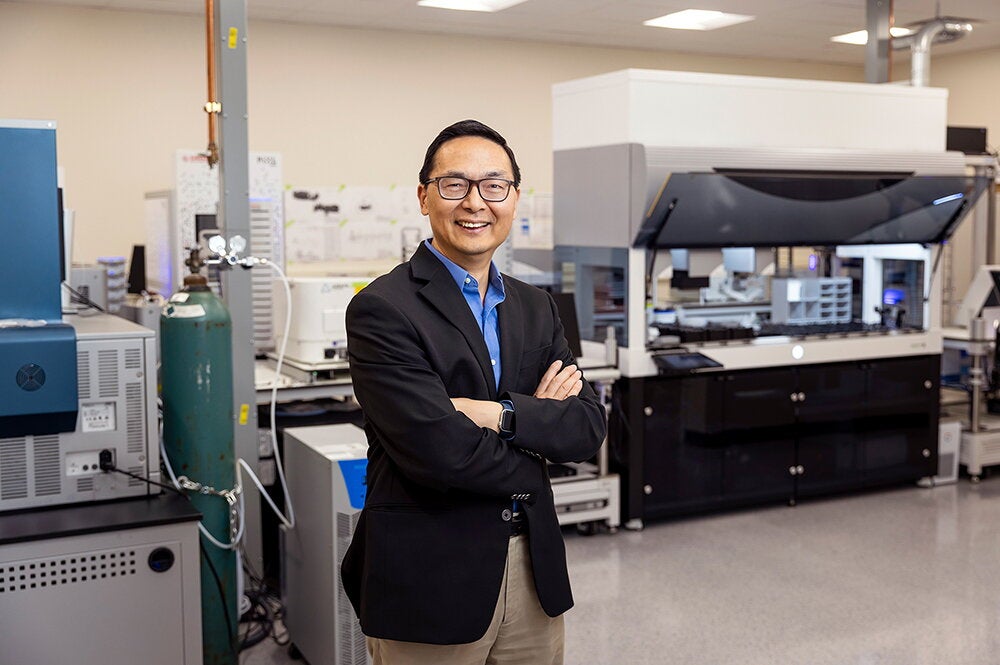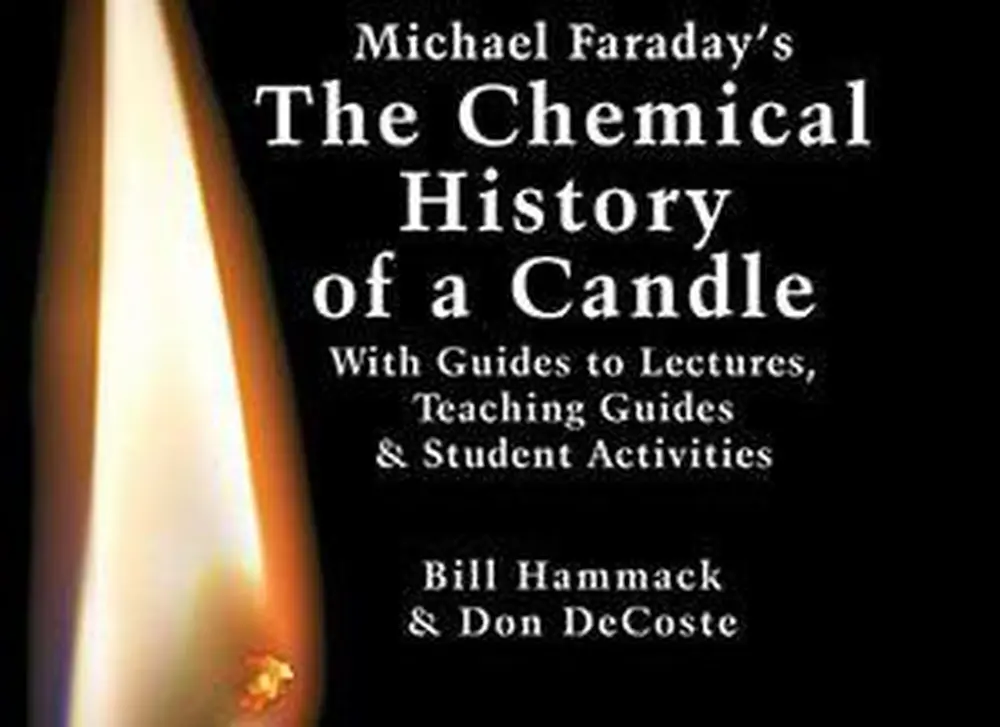
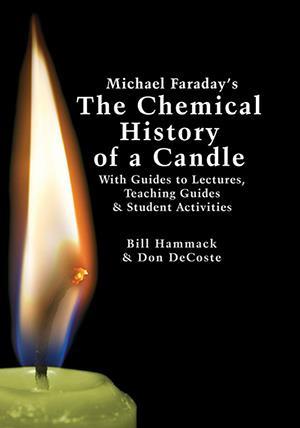
In an era of so many scientific and technological breakthroughs—advances in genome editing, the discovery of Higgs boson or the “God particle,” the launching of deep space satellites—two award-winning University of Illinois scientists have teamed up to re-introduce people to a remarkable 19th century lecture series about the candle.
Yes, the deceptively simple candle.
“There is no better, no more open door by which you can enter into the study of science than by considering the physical phenomena of a candle,” said British chemist Michael Faraday in 1848.
Even now, almost 170 years later, one would be hard pressed to find an object of study that would equal the candle, said Bill Hammack and Don DeCoste in their new companion book to the YouTube series on The Chemical History of a Candle.
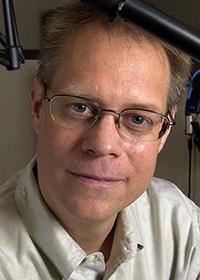
Beginning in 1848, Faraday delivered a series of evening lectures on the chemical history of the candle. The lectures are often referred to as the Christmas lectures not because of their content, but because of when they were delivered in December. The lectures are an extended illustration of the scientific method, according to Hammack and DeCoste.Hammack, a professor of chemical and biomolecular engineering, is “The Engineer Guy,” creator of the popular YouTube channel about the fascinating engineering behind everyday objects. He also is Professor and Donald and Dolores Morris Faculty Scholar in the Department of Chemical and Biomolecular Engineering. Don DeCoste is an award-winning instructor in theDepartment of Chemistry.
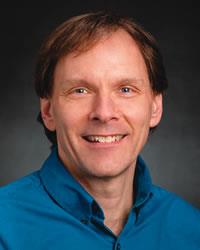
Today, Hammack and DeCoste enlighten modern readers by prefacing Faraday’s famous lectures with their own guide to the topics and demonstrations, with key points and helpful diagrams. Charmed by Faraday’s language, Hammack and DeCoste opted to keep the original language of the lectures, although they updated some text and chemical terms as needed.Standing before hundreds of people in a crowded lecture room at the Royal Institution of Great Britain, Faraday spoke with authority and enthusiasm about the concepts of mass, density, heat conduction, capillary action and convection currents.
For his lectures, Faraday aimed his content at “the juvenile auditory.” The new YouTube series and companion book, Michael Faraday’s The Chemical History of a Candle, also focus on young people as the core audience. The book includes a teaching guide, with several experiments to help people understand the big ideas of chemistry, such as the particulate nature of matter.
